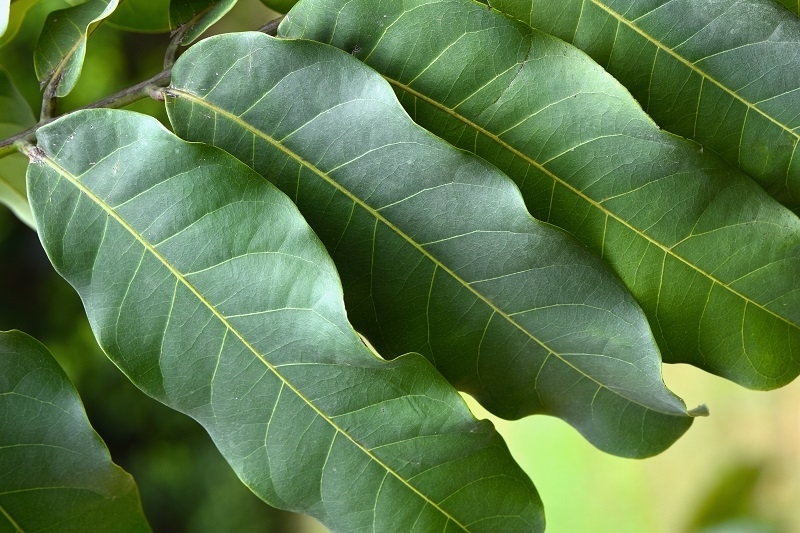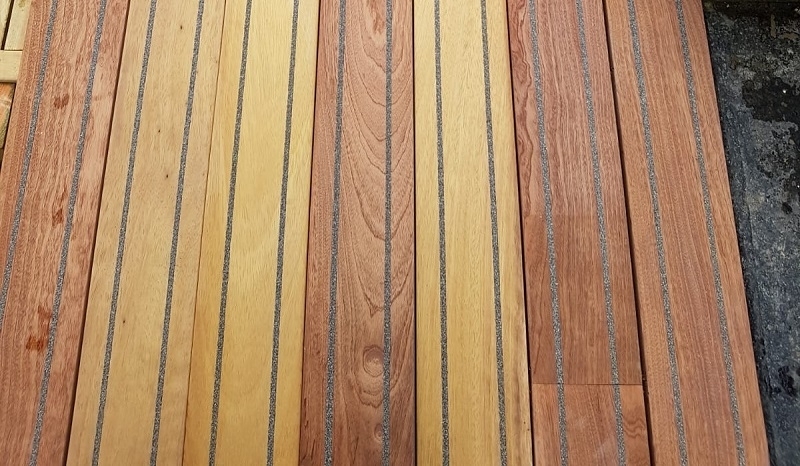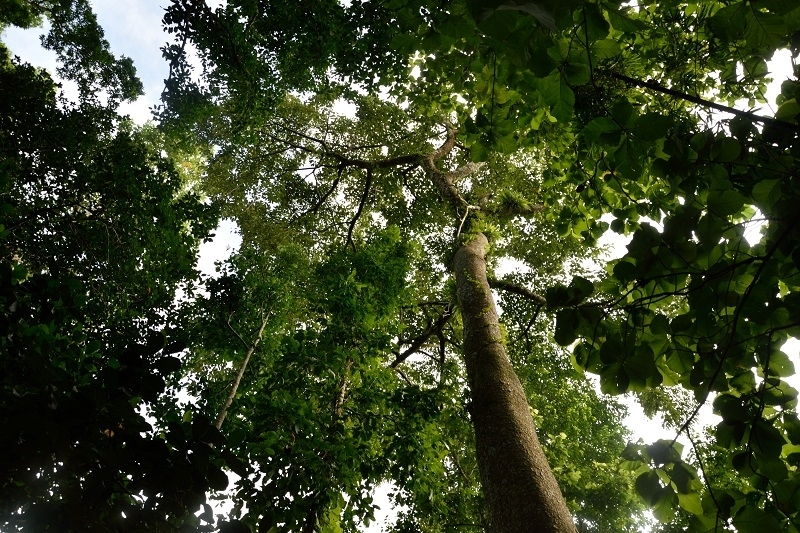Spotlight on Species: Iroko
Published: 14/04/21 By: Mike Bekin
The Iroko tree is sometimes known as the logo, lok or oji wood with many different names across Africa. It's often referred to as African teak although it's unrelated to the teak family. It’s also sometimes referred to as Mvule. This article will shine a spotlight on the species.
What Is Its Botanical Name?
The botanical name of the Iroko tree is Chlorophora excelsa. It’s from the genus Milicia of the family Moraceae. It has also been known as the Milicia excelsa or Milicia regia.
Where Is the Iroko Tree Found?
The Iroko tree is a large hardwood tree that is found in the tropics of Africa, especially on the west coast.
It's often found in countries like Ghana, Angola and Mozambique but can be found in the east in countries such as Tanzania.
What Does the Iroko Tree Look Like?

A large deciduous hardwood tree, the Iroko tree grows to an average of 164 feet (50 metres) and a diameter of up to 250cm and can be branchless for the first 20 metres.
The stem is usually cylindrical and mostly without buttresses. The bark tends to be pale or dark grey.
What Does Iroko Timber Look Like?
Iroko timber is often likened to teak, despite not being part of the teak family, because of its resemblance in both colour and grain.
It tends to be yellow-brown with an interlocked grain and a coarse texture. The heartwood of an Iroko tree is usually yellow to golden, or medium brown from exposure to light. The colour tends to darken over time before it weathers to a beautiful silvery grey.

Sometimes large hard deposits of calcium carbonate may be found – if this is the case, the wood around them may be darker in colour.
What Varieties Are There?
There are two varieties that make up the timber known as Iroko – Milicia Excelsa and Milicia Regia.
What Properties Does Iroko Timber Have?
Iroko timber is not only strong but it's incredibly durable and rot-resistant. It can be extremely easy to work. it's tough and dense too.
It also does not require regular preservative treatments when used outdoors and is fairly resistant to insects.
Iroko timber is also known for glueing and finishing well.
What Are the Main Uses of Iroko Timber?
There are a variety of uses for Iroko timber which include construction and furniture. It has been chosen in the past for pews in religious buildings such as the Basilica of Our Lady of Peace in the Côte d'Ivoire (Ivory Coast). It's also used in boat building too.
It's a great exterior wood for outdoor furniture, decking and general landscaping due to its resistance to rot and the fact that it does not need preservative treatments.
Did You Know?
The Iroko tree can live up to 500 years! There are also many tales of the supernatural surrounding the Iroko tree and many people in Africa worship the trees because they believe the spirits of their ancestors live on in them.
You may already be familiar with the Iroko tree without even realising it, as it features in the classic Disney film The Lion King.
Images: Emdad Rahman / Shutterstock.com, NareshSharma / Shutterstock.com
